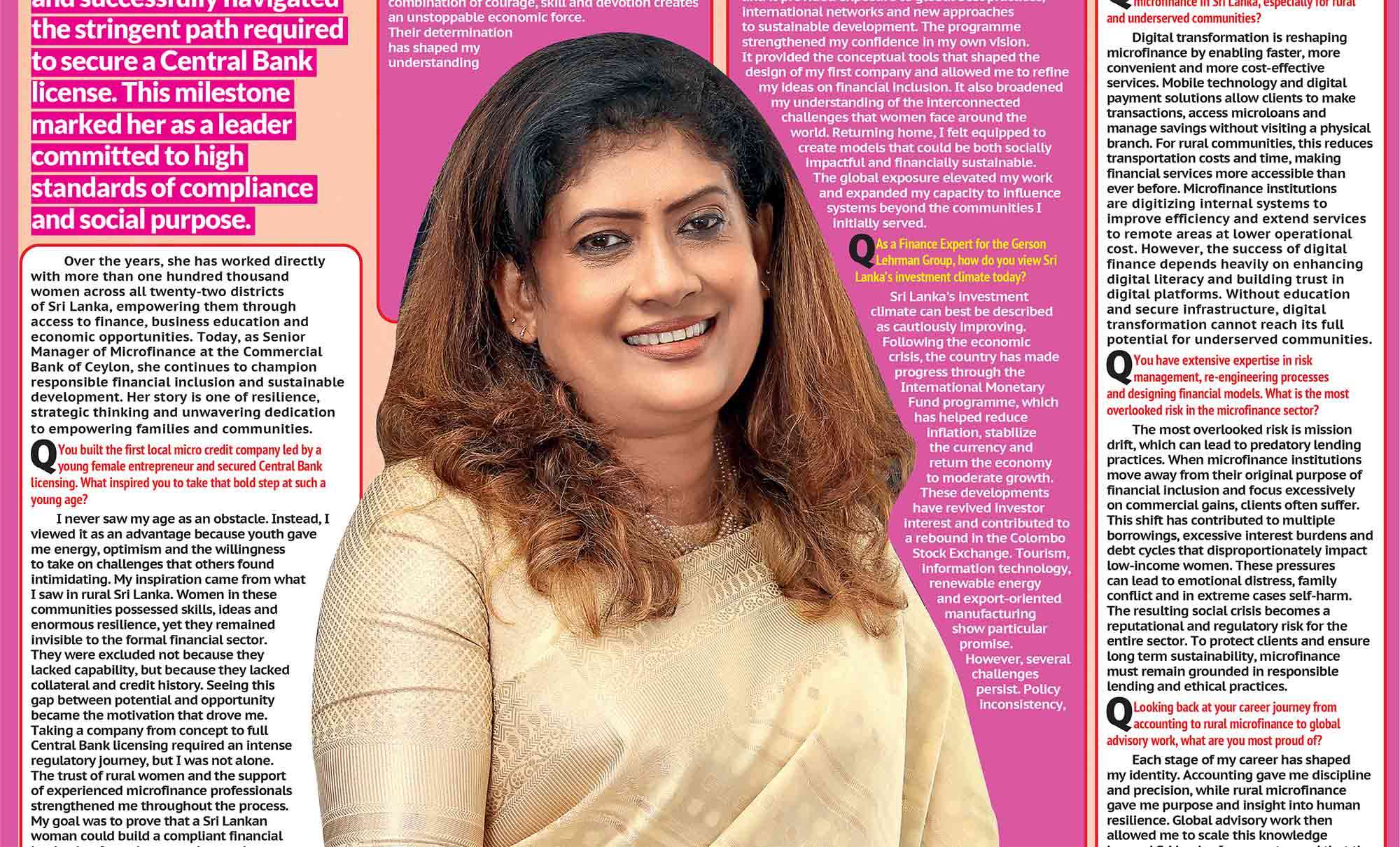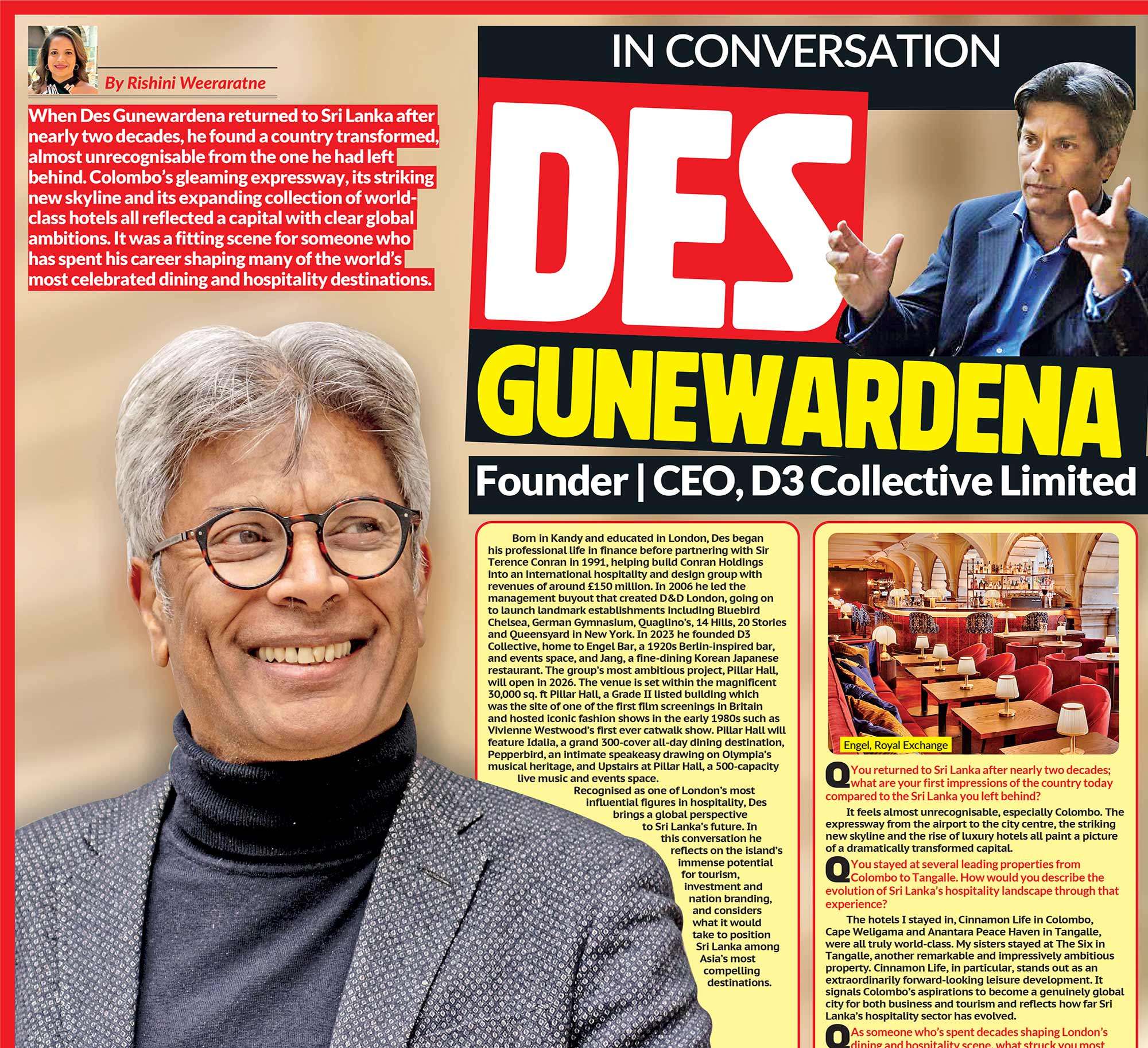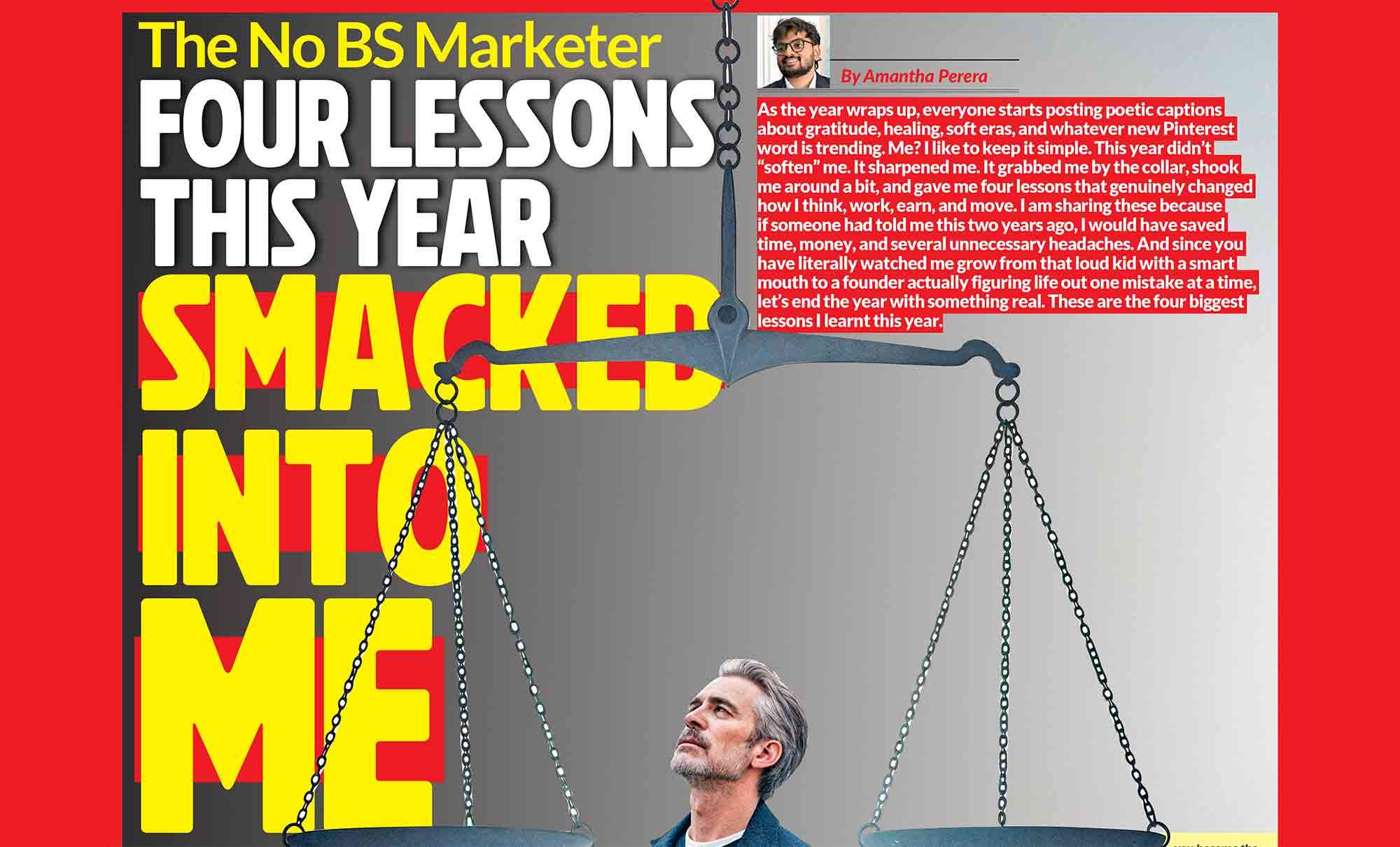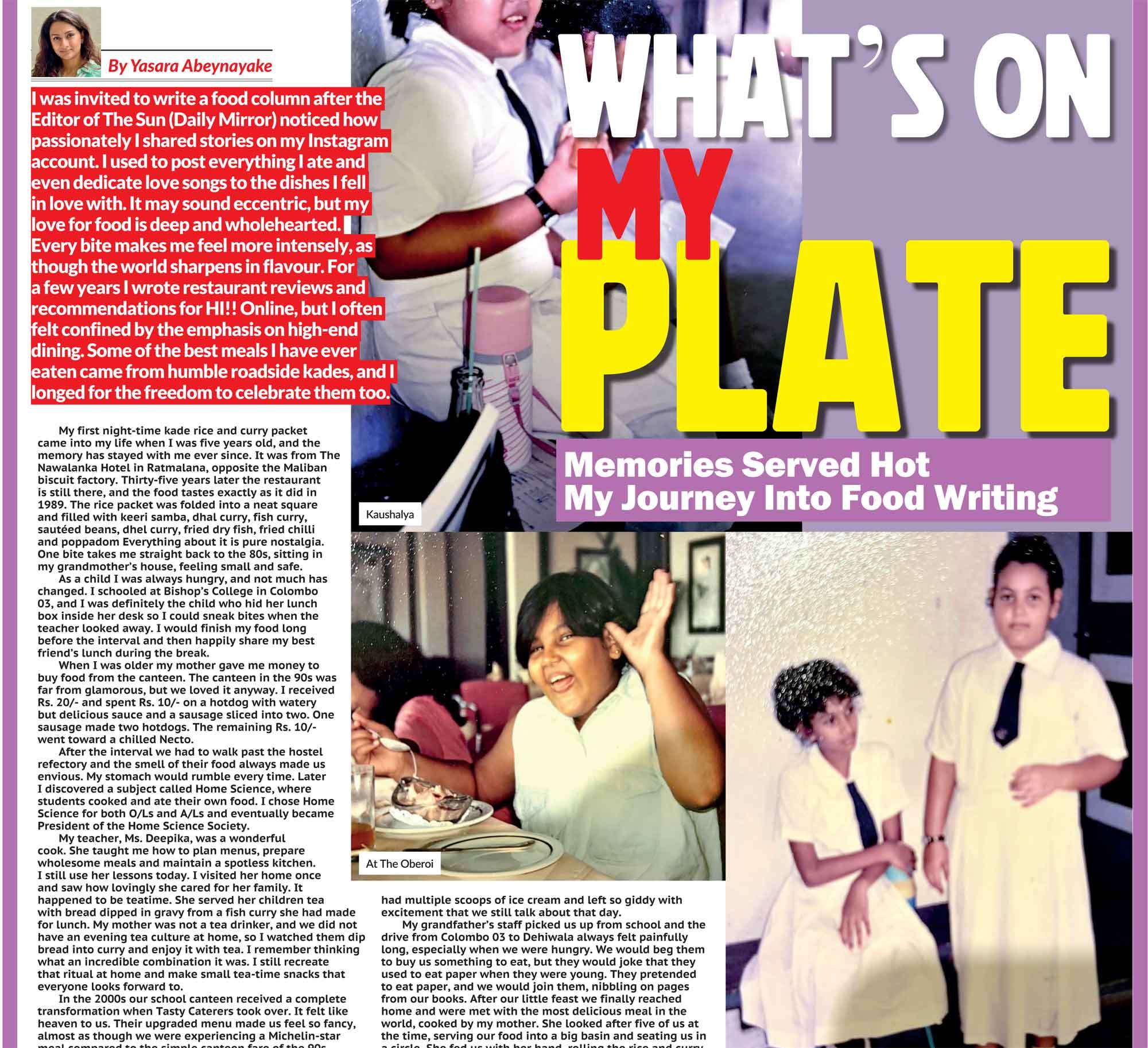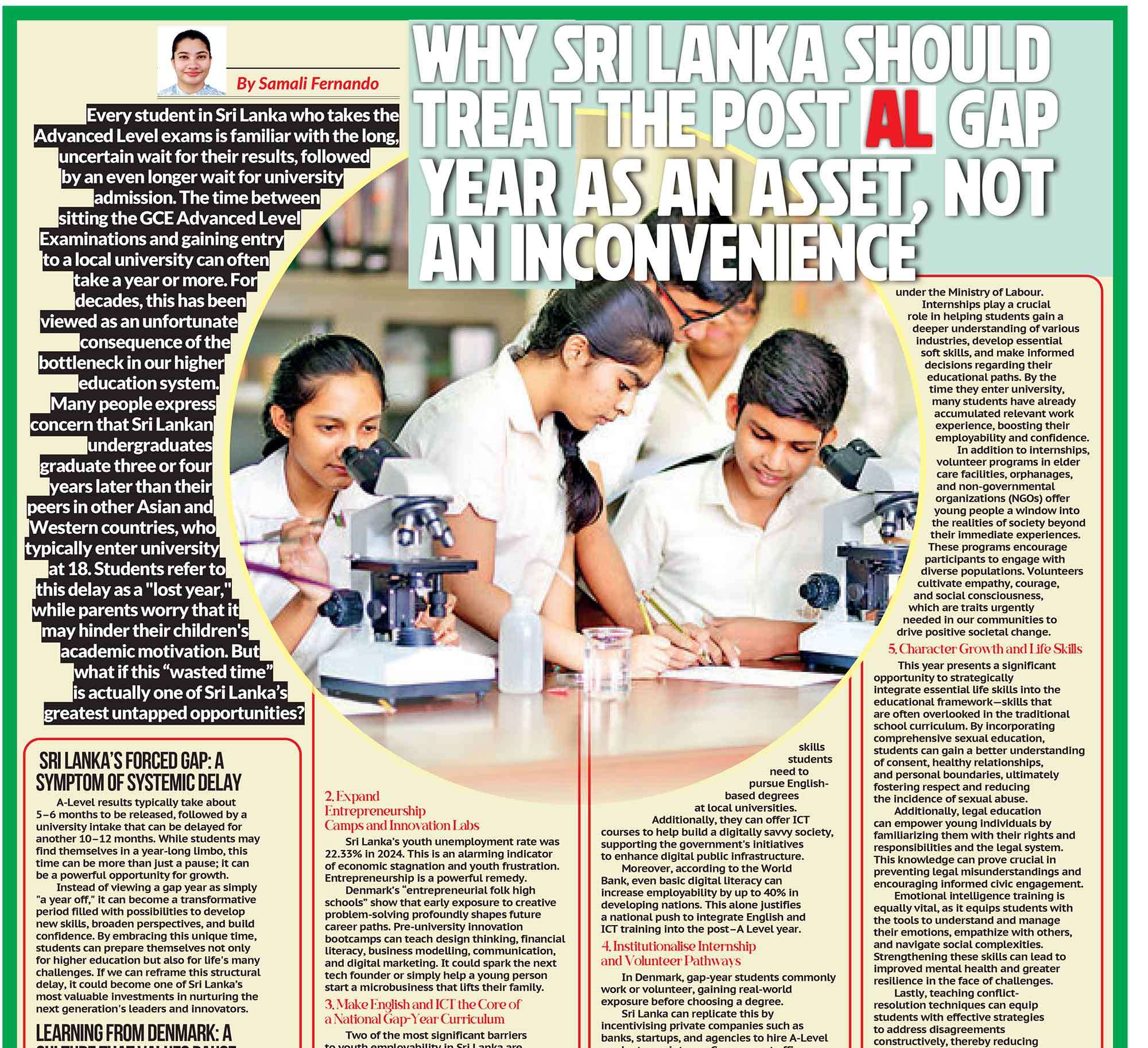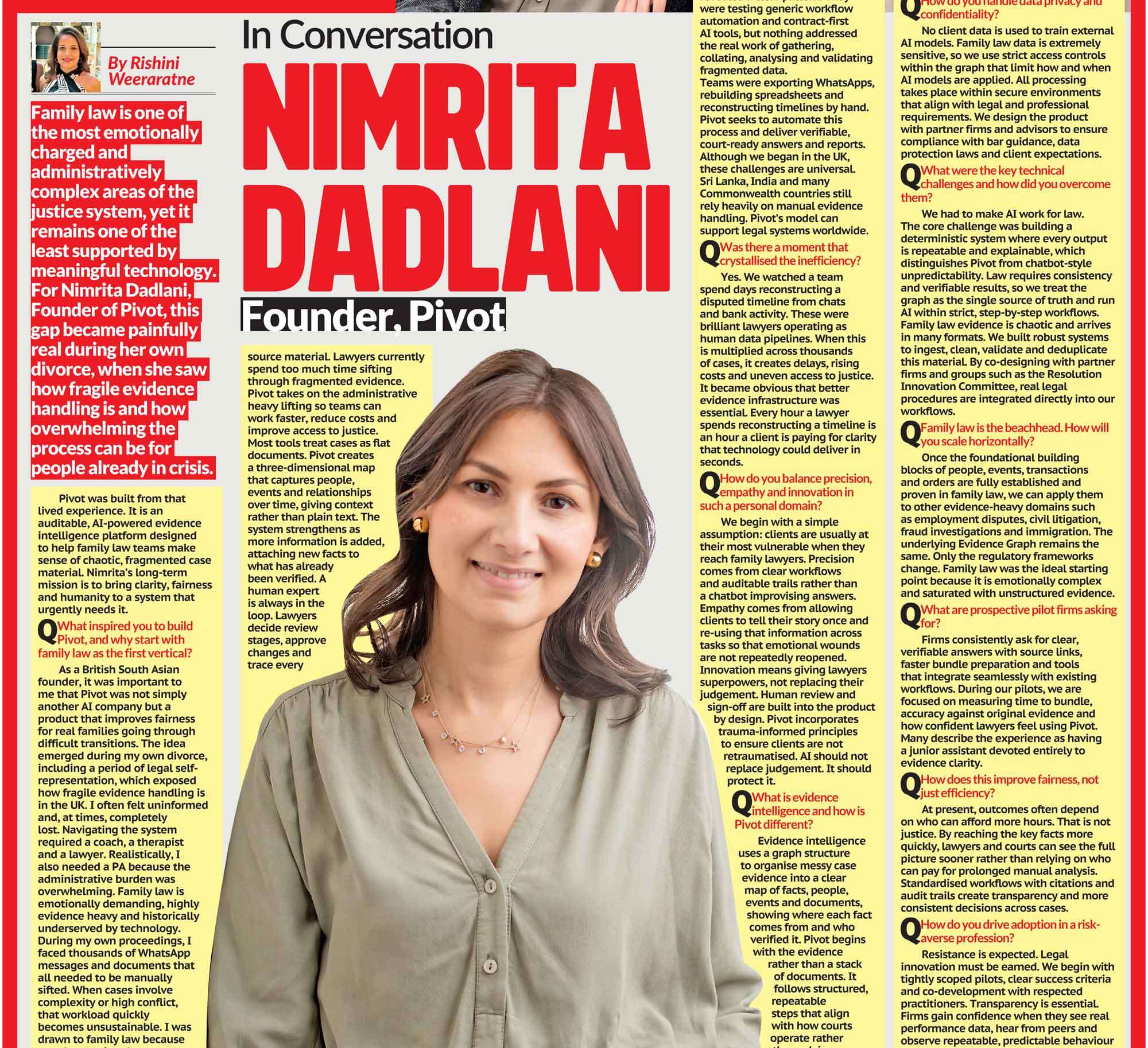
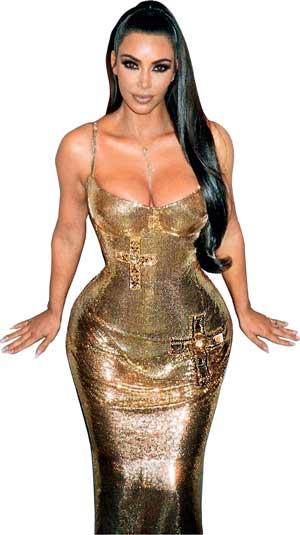 01.In the ever-shifting landscape of beauty standards, the silhouette of the ‘skinny’ body seems to be making a comeback. Scroll through Instagram or TikTok today and you’ll see it: the resurgence of ultra-slim aesthetics, low-rise jeans hugging flat stomachs, and ‘thinspo’ images rebranded as “clean girl” or “model off-duty.” For anyone who remembers the early 2000s, it’s a familiar sight. Back then, thinness wasn’t just a look, it was a lifestyle, and few statements captured the era’s ethos more sharply than Kate Moss’s now-infamous declaration: “Nothing tastes as good as skinny feels.” When Moss uttered those words in a 2009 interview with WWD, they became an instant lightning rod. Some took it as a motto; others, a warning sign. Eating disorder charities and health experts condemned it for glorifying restriction and reinforcing the idea that pleasure, especially food, was the enemy of beauty. Years later, Moss admitted she regretted the comment, insisting it began as a light-hearted “jingle” she shared with friends, but the damage was done. The phrase spread through pro-anorexia forums and became a slogan for an aesthetic built on deprivation. Today, as “heroin chic” silhouettes return to the runways and weight-loss drugs dominate headlines, Moss’s words echo again, and not in a good way.
01.In the ever-shifting landscape of beauty standards, the silhouette of the ‘skinny’ body seems to be making a comeback. Scroll through Instagram or TikTok today and you’ll see it: the resurgence of ultra-slim aesthetics, low-rise jeans hugging flat stomachs, and ‘thinspo’ images rebranded as “clean girl” or “model off-duty.” For anyone who remembers the early 2000s, it’s a familiar sight. Back then, thinness wasn’t just a look, it was a lifestyle, and few statements captured the era’s ethos more sharply than Kate Moss’s now-infamous declaration: “Nothing tastes as good as skinny feels.” When Moss uttered those words in a 2009 interview with WWD, they became an instant lightning rod. Some took it as a motto; others, a warning sign. Eating disorder charities and health experts condemned it for glorifying restriction and reinforcing the idea that pleasure, especially food, was the enemy of beauty. Years later, Moss admitted she regretted the comment, insisting it began as a light-hearted “jingle” she shared with friends, but the damage was done. The phrase spread through pro-anorexia forums and became a slogan for an aesthetic built on deprivation. Today, as “heroin chic” silhouettes return to the runways and weight-loss drugs dominate headlines, Moss’s words echo again, and not in a good way.
Body types move in and out of fashion in the same way clothing styles do. One decade idolizes the hourglass, another celebrates athleticism, and suddenly, the waif returns. These shifts aren’t random; they reflect the push and pull of culture, economics, and media influence. In the 1990s and early 2000s, fashion’s obsession with thinness was a reaction against the exuberant, curvier looks of the 1980s. Later, the 2010s ushered in the ‘fit’ and ‘curvy’ era, think Kim Kardashian, Beyoncé, and the rise of the ‘strong not skinny’ mantra. Yet now, the pendulum seems to be swinging back once again. Part of this cycle is driven by cultural fatigue. When one body ideal dominates long enough, people begin craving its opposite. Market forces play a big role too, new ideals mean new products, new diets, new influencers to follow, and new things to sell. Social media has accelerated this process beyond recognition. Where once it took years for beauty ideals to shift, now they morph in months. Algorithms reward whatever gains attention, and nothing gains attention faster than an image that looks just a little bit out of reach.

02.The Psychological Toll of the ‘Trending Body’
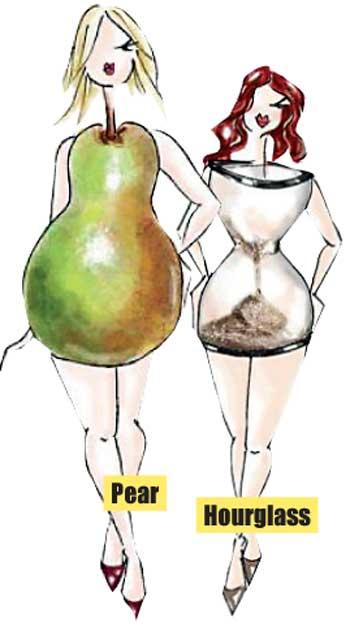 These trends aren’t harmless. They shape how people feel about their bodies, and those feelings can turn toxic quickly. Research consistently shows that exposure to idealized thin imagery correlates with body dissatisfaction, anxiety, and disordered eating, particularly in young women.
These trends aren’t harmless. They shape how people feel about their bodies, and those feelings can turn toxic quickly. Research consistently shows that exposure to idealized thin imagery correlates with body dissatisfaction, anxiety, and disordered eating, particularly in young women.
A 2019 study published on PubMed found that women who viewed idealized thin, athletic, and curvy bodies experienced greater self-comparison and lower body appreciation afterwards. The effect was strongest when the bodies shown were extremely thin. Another study observed that after exposure to “thinspiration” images, participants spent more time judging their own figures on body image scales, a small behavioural sign of how quickly comparison takes hold.
For women, this kind of pressure is nothing new. They have long been told that their value, desirability, and even worth are tied to appearance. When thinness becomes fashionable, the message is clear: less of you is better. The pressure to diet, restrict, and shrink oneself is pervasive. In one study, 77% of female participants wished to be slimmer compared with significantly fewer men. Yet even as the fashion industry pays lip service to ‘body positivity,’ representation of genuinely diverse sizes remains minimal. We still see far more bodies that fit a narrow mould than those that don’t.
Men, of course, are not immune. They experience body image pressures too, though the ideals differ. While women are pushed toward thinness, men often face the opposite, the drive to be both lean and muscular. The modern masculine ideal is not ‘skinny’ so much as ‘ripped.’ However, as the skinny trend re-emerges, even men are feeling new pressures to lose body fat, look ‘cut,’ and maintain a physique that is toned but small. Studies have found that men dissatisfied with their bodies tend to fixate on muscular male images, just as women focus on thin female ones. Yet men are also less likely to talk about these struggles or seek help, making their experiences more invisible.
Still, the data shows that body dissatisfaction cuts across gender lines. A TIME magazine survey found that only about 26% of women and 28% of men described themselves as “extremely satisfied” with their appearance. That leaves a vast majority feeling some degree of discontent. The difference lies in expression: women tend to internalize the need to shrink, while men feel pressure to grow or define. Both paths can lead to dangerous extremes, starvation and overexercise, respectively.
 The health consequences of glorifying extreme thinness are serious. Chronic undernourishment can lead to fatigue, hormonal imbalance, bone loss, fertility issues, and weakened immunity. Psychologically, the constant pursuit of thinness can erode self-esteem, distort one’s relationship with food, and create lifelong anxiety. When Kate Moss’s phrase resurfaces as an aspirational slogan, it regurgitates the idea that pleasure, nourishment, and even contentment are indulgences – luxuries to be denied in service of an aesthetic.
The health consequences of glorifying extreme thinness are serious. Chronic undernourishment can lead to fatigue, hormonal imbalance, bone loss, fertility issues, and weakened immunity. Psychologically, the constant pursuit of thinness can erode self-esteem, distort one’s relationship with food, and create lifelong anxiety. When Kate Moss’s phrase resurfaces as an aspirational slogan, it regurgitates the idea that pleasure, nourishment, and even contentment are indulgences – luxuries to be denied in service of an aesthetic.
03.Redefining What “Healthy” Means
What’s most insidious about body trends is that they disguise themselves as empowerment. The same algorithms that promote ‘thinspo’ often cloak it in the language of “wellness.”
Weight loss becomes ‘detox,’ dieting becomes ‘discipline,’ restriction becomes ‘self-care’ but when health is defined by aesthetics, it ceases to be health at all. The normalization of Ozempic and similar weight-loss drugs, often used by those with no medical need, further blurs the line between medical treatment and beauty obsession.
It’s worth remembering that everybody ideal in history has been sold as “natural” or “healthy” at the time. The Victorian hourglass was achieved through corsets that constricted breathing; the 1990s heroin chic glamorized illness; the 2010s ‘fit’ ideal glorified overtraining. Each was framed as aspirational, even empowering. Now, as the pendulum swings back toward the ultra-thin silhouette, the same narrative reappears, dressed up as minimalism or clean aesthetics but rooted in the same anxiety: the belief that only certain bodies deserve admiration.
The consequences aren’t just physical; they’re social. When one body type is elevated, others are implicitly devalued. When ‘skinny’ becomes the measure of beauty again, those who don’t fit the mold may feel excluded, unseen, or even ashamed. This doesn’t just affect individuals; it shapes collective behaviour. It determines who feels confident enough to go out, dance, or exist freely in public spaces. While women feel this most acutely, men are increasingly caught in the same web of judgment and comparison.
So, what can be done? First, we need to recognize that body ideals are cyclical, and cycles can be broken. The next ‘trend’ will come, but we don’t have to buy into it. We can challenge the idea that one shape is superior to another, or that health and happiness have a specific aesthetic. It’s also vital to foster media literacy, especially among younger audiences who may not realize how curated and edited most online imagery is. The flawless bodies flooding our feeds are rarely real, they’re filtered, posed, and digitally altered. It’s equally important to replace harmful mantras with healthy ones. “Nothing tastes as good as skinny feels” should never again be the anthem of any generation. Nothing feels as good as healthy feels. Health is not about size; it’s about strength, energy, and peace of mind. Self-worth should never depend on which bodies are trending this season.
The return of the skinny ideal reminds us that culture has a short memory but a long reach. It’s tempting to see these trends as harmless, just fashion doing what fashion does, but behind every trend are real people with real bodies, trying to live, eat, and move in peace. The truth is simple: bodies are not trends. They are homes, deserving of respect. They don’t need to be redesigned to fit a new aesthetic mold. If we can hold onto that belief, then maybe the next wave of beauty ideals will celebrate not a size but a spectrum, and not a feeling of ‘skinny,’ but a feeling of self-acceptance that never goes out of style.


